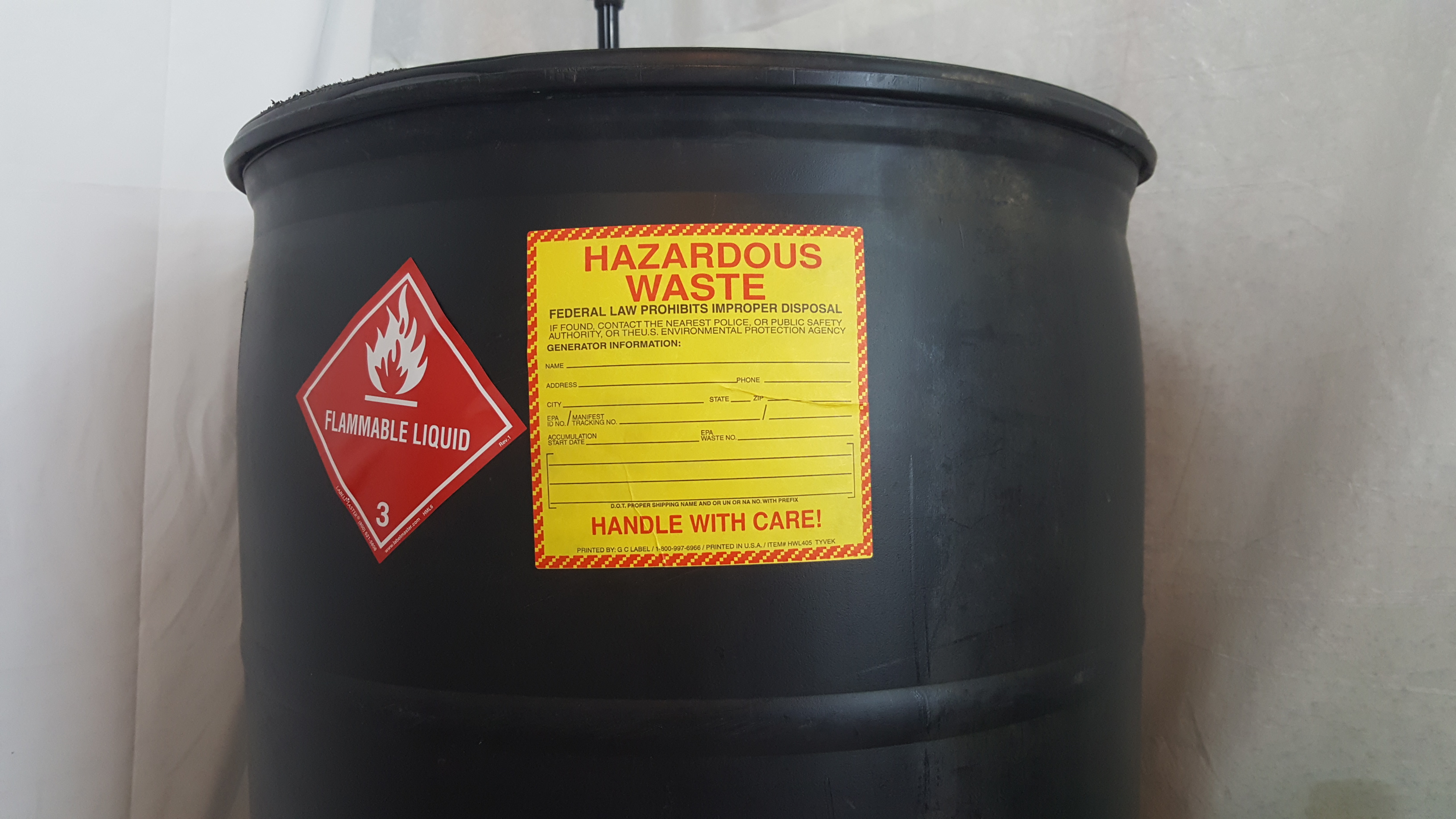On its website the US Government Printing Office makes a wealth of Federal publications available for review and download; one of these is the Federal Register.
Published by the Office of the Federal Register, National Archives and Records Administration (NARA), the Federal Register is the official daily publication for rules, proposed rules, and notices of Federal agencies and organizations, as well as executive orders and other presidential documents.
See below for a brief summary of announcements in the Federal Register by the US EPA on the subject of Hazardous Waste and the Pipeline & Hazardous Materials Safety Administration (PHMSA) of the US DOT on the subject of Transportation of Hazardous Materials.
The Federal Register is a great way to look down the road and see potential changes to the regulations long before they are put into effect (sometimes The Rulemaking Process takes years before a final rule is issued, if ever). Knowledge of these potential changes provides you with several advantages:
- Additional time to modify your business operations to comply.
- Awareness of on what topics the regulatory agencies intend to focus their efforts.
- The ability to register your concerns, complaints, suggestions, etc. in order to modify the proposed rule before a final rule is issued. It can be done, really!
- Make changes to your training program to account for changes that become effective before the next training cycle.
- Alert you to the need to re-train your employees prior to their next scheduled training cycle, if necessary.
- Keep you abreast of changes to the regulations that affect your business and/or your industry group.
Please note that this is my best effort to identify the relevant announcements in the Federal Register that may be of interest to generators of hazardous waste and shippers of hazardous materials. I encourage you to review the list of Federal Register publications yourself to ensure regulatory compliance.
December 1 through December 31, 2013
PHMSA – Hazardous Materials Regulations (HMR):
Rules and Regulations:
None
Proposed Rules:
Hazardous Materials: Adoption of ASME Code Section XII and the National Board Inspection Code Pages 79363 – 79388 [FR DOC # 2013-31046] PDF | Text | More
Notices:
Information Collection Activities Pages 72972 – 72977 [FR DOC # 2013-29015] PDF | Text | More
New Jersey Regulations on Transportation of Regulated Medical Waste Pages 75672 – 75676 [FR DOC # 2013-29604] PDF | Text | More
Research and Development; Public Meeting Pages 78506 – 78506 [FR DOC # 2013-30707] PDF | Text | More
Research and Development; Public Meeting Pages 78506 – 78507 [FR DOC # 2013-30789] PDF | Text | More
Information Collection Activities Pages 79561 – 79563 [FR DOC # 2013-31162] PDF | Text | More
USEPA – Resource Conservation and Recovery Act (RCRA):
Rules and Regulations:
None
Proposed Rules:
None
Notices:
Agency Information Collection Activities; Proposed Collection; Comment Request; Land Disposal Restrictions Pages 74127 – 74128 [FR DOC # 2013-29449] PDF | Text | More
Underground Injection Control Program; Hazardous Waste Injection Restrictions; Petition for Exemption-Class I Hazardous Waste Injection; Mosaic Fertilizer, LLC Uncle Sam, LA Pages 76294 – 76294 [FR DOC # 2013-29983] PDF | Text | More
Vermont: Proposed Authorization of State Hazardous Waste Management Program Revisions Pages 79654 – 79655 [FR DOC # 2013-31125] PDF | Text | More
Vermont: Final Authorization of State Hazardous Waste Management Program Revisions Pages 79615 – 79619 [FR DOC # 2013-31121] PDF | Text | More
Information can be helpful but it’s useless if you are not able to make sense of it, determine how any changes to the rules and regulations (final or proposed) will affect your operations, and communicate the necessary information to your personnel. I can help you do that. Please contact me for a free consultation to determine your regulatory requirements and how training can help you to attain and maintain compliance.





